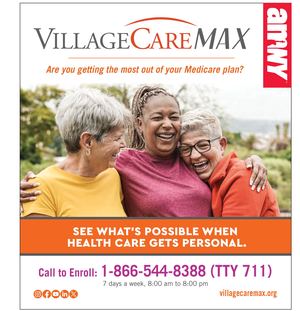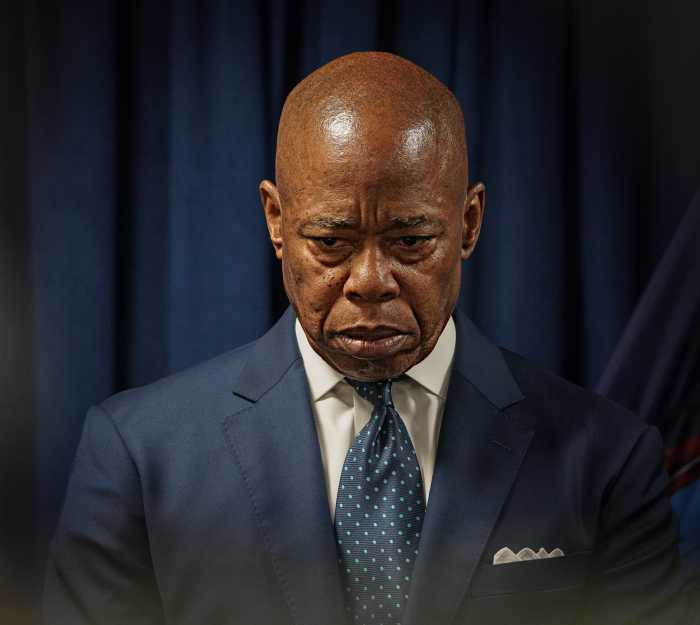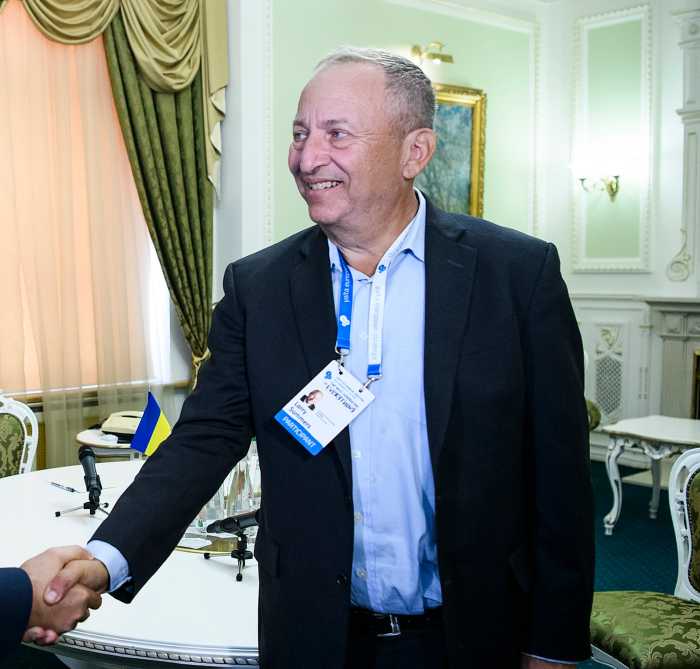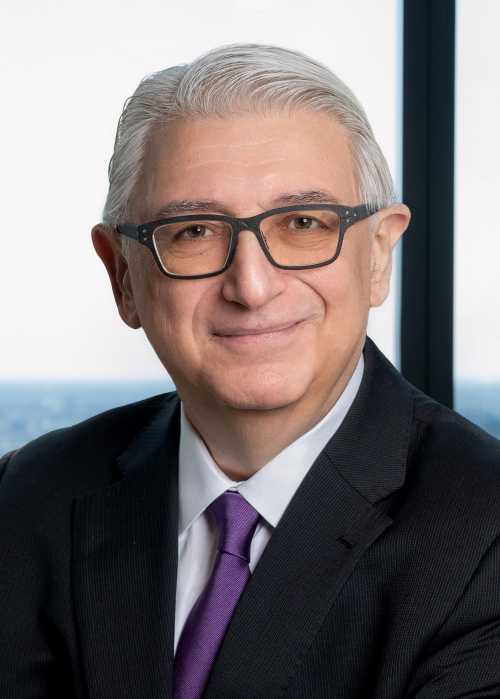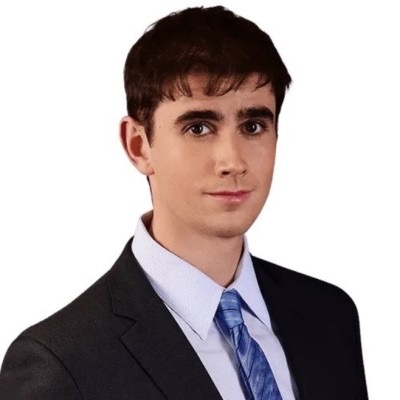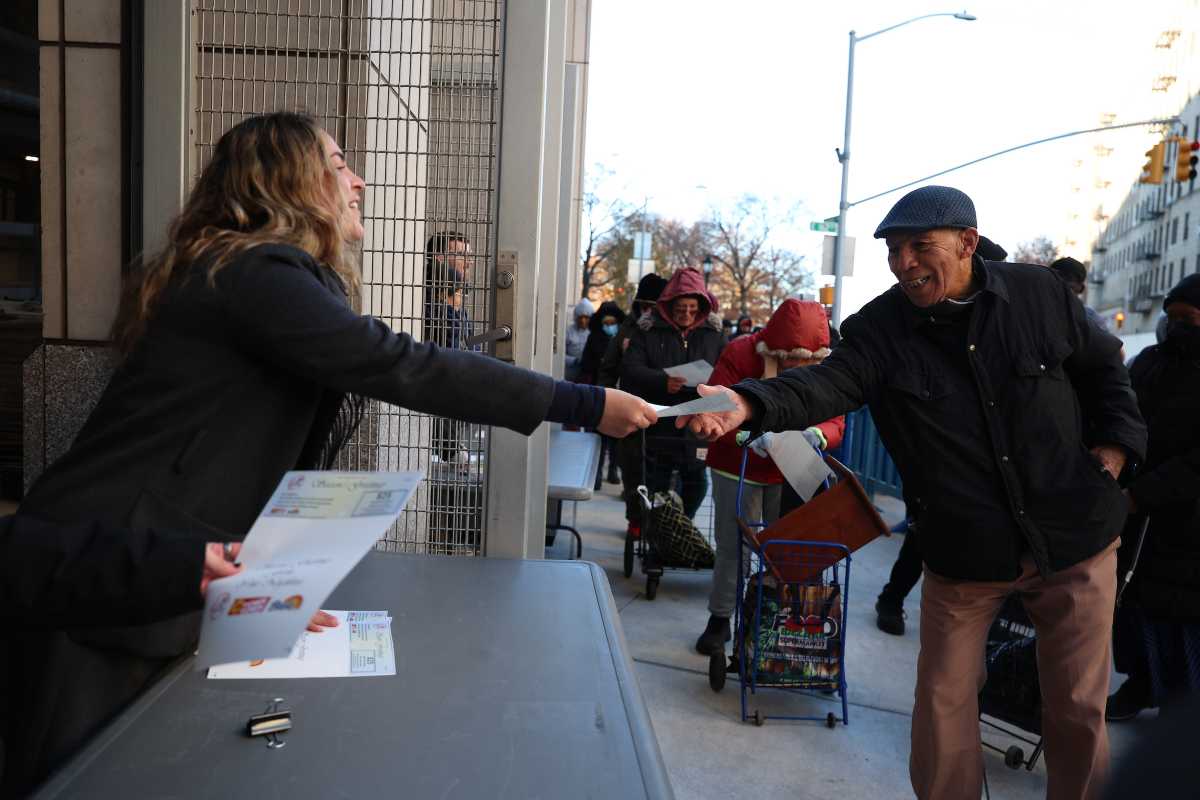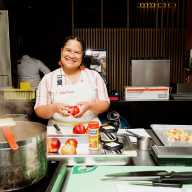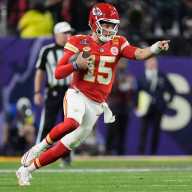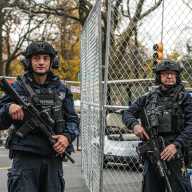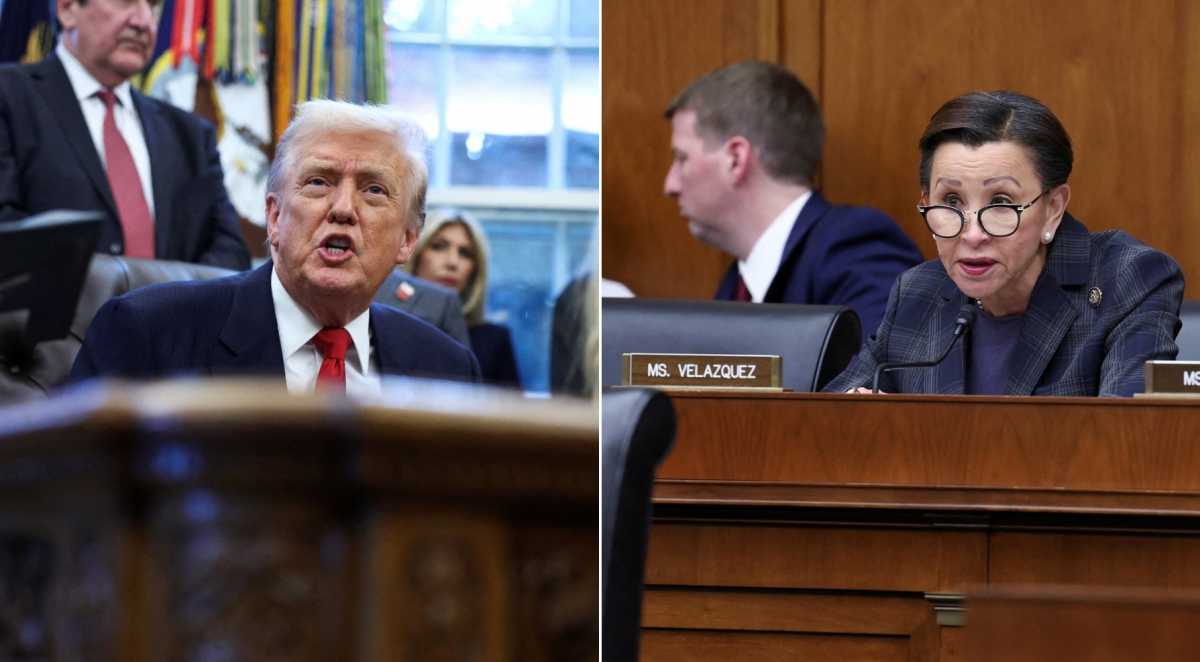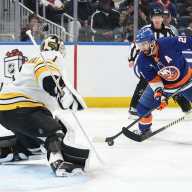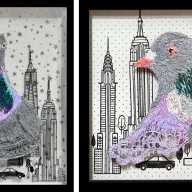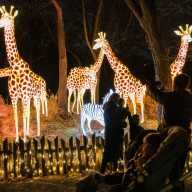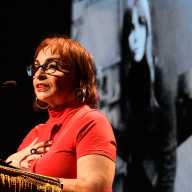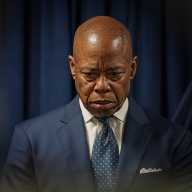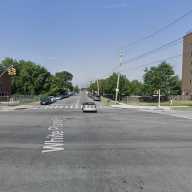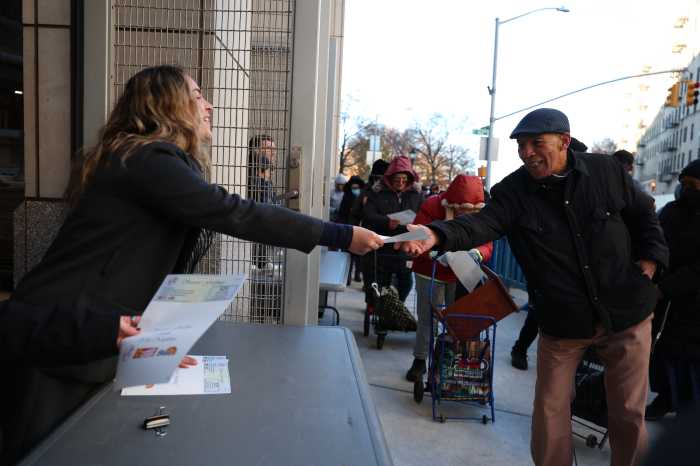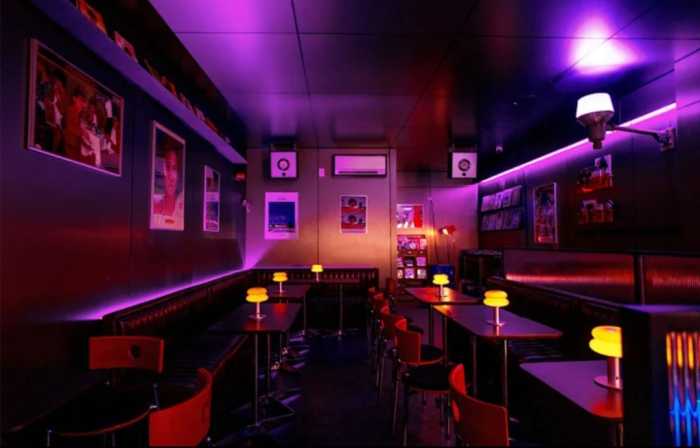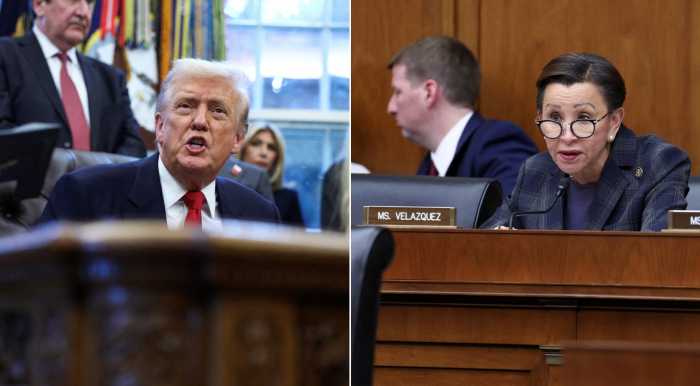
They were from Guyana and France, as far away as Uzbekistan, but maybe it was the approach of Thanksgiving that led the teacher to joke last week that they were like a little family.
They were of disparate age and origin, but they were bound together by a shared aim in a New-York Historical Society classroom: to become U.S. citizens.
That means passing an oral naturalization exam, which includes questions about American government and history.
Name an author of the Federalist Papers? When was the Constitution written? Knowing the answers takes some studying for someone like Dilbar Villanueva, 58, who mostly speaks Russian where she lives in Queens. Mikael Colboc, 36, says there’s information to be learned. And Cleopatra Cruden, 59, takes careful notes on her handouts, repeating the answers after the teacher.
They’re all taking part in an experiment on the road to the examination. Rather than simple online test prep, they’ve shown up for weeks of nighttime classes. And to most fully absorb the disappointments and victories of American history, they wander a museum.
Learning from history
Earlier this year, the New-York Historical Society Museum & Library partnered with the City University of New York to prepare green card holders for the naturalization test using the museum’s collections. The program was a response to President Donald Trump’s first travel ban, when it seemed that even permanent residents would be affected, according to a museum spokeswoman. (The ban has since been stymied in various ways in court). The program would help turn those permanent residents into citizens.
U.S. Citizenship and Immigration Services logged over 20,000 naturalization applications at its New York City and Queens offices between April 1 and June 30, on par with recent quarters. The Northern Manhattan Coalition for Immigrant Rights, which has been doing civics classes for decades, a representative says wait lists for the group’s citizenship programs more than doubled after the 2016 presidential election to more than 200. The city estimates hundreds of thousands of New Yorkers are eligible to become citizens. The museum project aims to prepare 1,000 in its first full year of operation.
The point is to pass the test, but the museum class also might instill a deeper knowledge of American history. Coming from an established institution rather than a community or advocacy group, the message might be that immigrants are central to city life. Most people pass the test — 91 percent total for both the English language and civics portions over the seven years leading up to September 2016. But that doesn’t guarantee a full civic understanding. And even when the students know the answers, such as in the class last week on voting history, there’s still room for discussion: When exactly could everyone vote? Who got the vote first? How come?
To fill in the blanks, educator Roberto Chavez took the students on a tour of the museum’s lower levels. They started with an early bicycle and a Susan B. Anthony quote about the freedom that comes from riding (Anthony is the only woman mentioned explicitly in the test’s 100 questions). They explored an exhibit about social change in Greenwich Village, featuring women’s suffrage posters and invitations to a discussion featuring Frances Perkins at Cooper Union. Artifact by artifact, Chavez walked them through the progression toward voting and civil rights in the 20th century.
The more things change, the more they stay the same
The museum’s collections connect many eras, helping the students see the repeated themes of American history. A picture of a Civil Rights marcher included the sign “The first blood for American independence was shed by a Negro / Crispus Attucks.” So Chavez reminded the students about the Boston Massacre.
A wall at the end of the exhibit displayed images of different eras of demonstrators on the Washington Mall, from 20th century protesters to Women’s March pink-hats this year.
“What are your reactions to this exhibit,” Chavez asked.
“Seeing women stand up,” said Cruden.
Cruden herself stood up at her son’s urging to take the class, get started on citizenship. He lives in Virginia and served in the armed forces. She was living in Flatbush and decided it was time, which is how, after a day of working her home health care job, she came to be answering questions about Selma in a room with other would-be Americans. The class was serious business. Sure, they could bond over pictures of a co-teacher’s infant but the greater bond was their shared seriousness about the endeavor. They wanted correct names, correct dates.
Cruden was particularly assiduous, only stopping her note-taking to query the teacher. She seemed taken with the repeated phrase “How long, not long,” in the Rev. Martin Luther King Jr.’s iconic 1965 Montgomery speech about how long until progress. She repeated the words quietly as a video played the footage in the museum, an incantation of sorts toward joining the American family.
